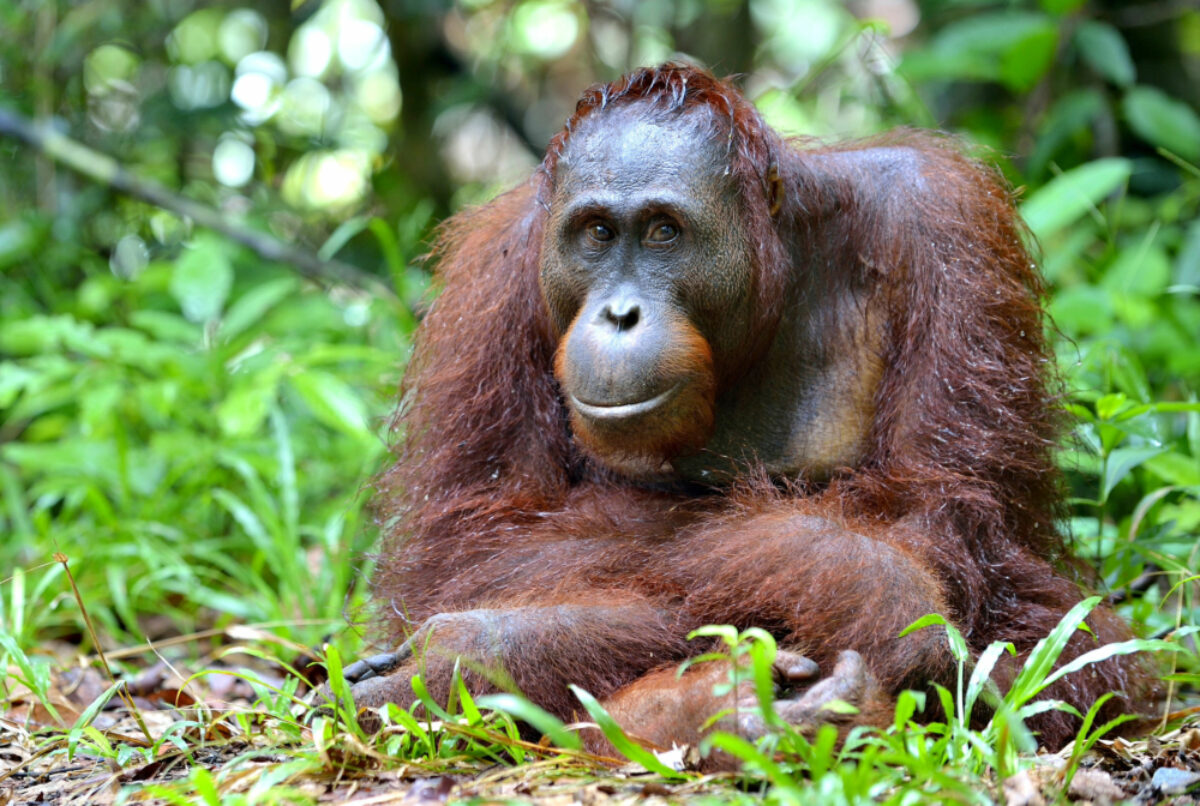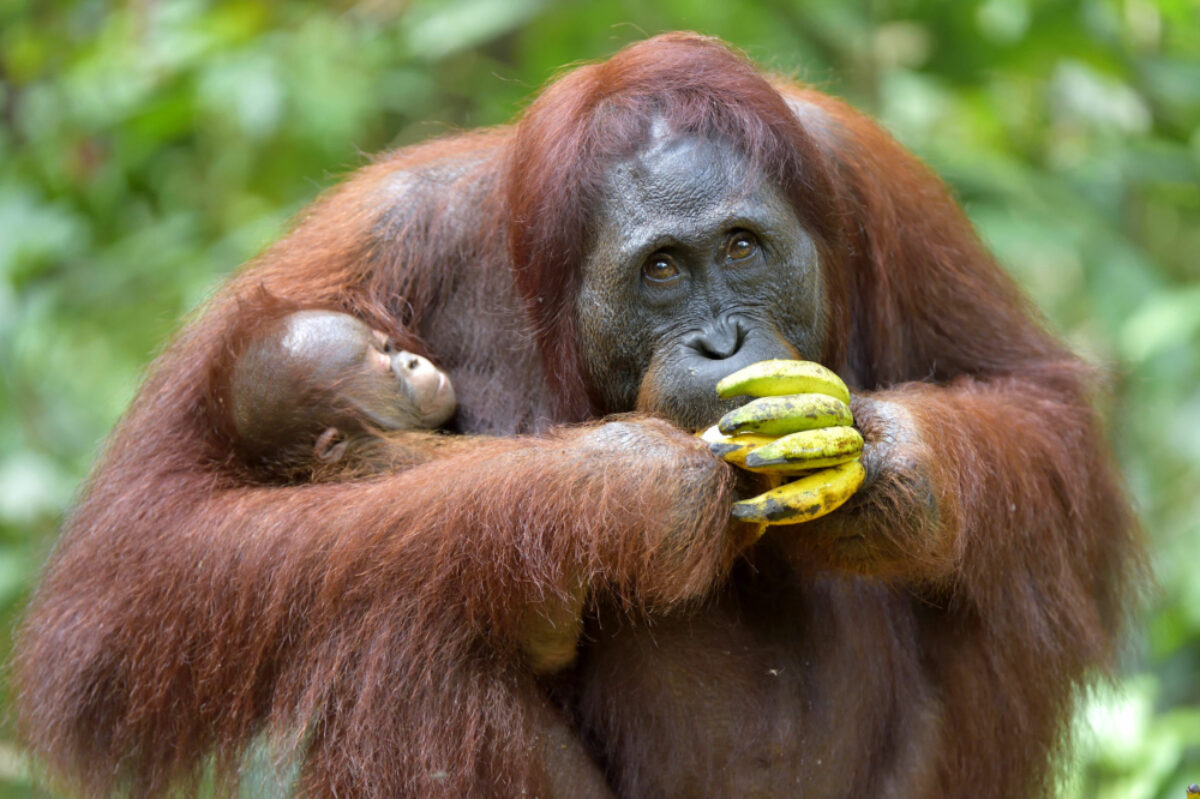Conserving the orangutans
We all have a part to play in saving orangutans
The official Indonesian government population figures state that there are 57,400 Bornean orangutans, 13,000 Sumatran and 800 Tapanuli. The only places you can see orangutans in the wild are Borneo and Sumatra.
By far the greatest threat to orangutans is habitat loss. Over the last 30 years, 80% of the orangutan’s natural habitat has been lost to logging, palm oil extraction, mining and encroaching human communities.
What happens when they lose habitat is they encroach into palm oil plantations and community land and this causes human-wildlife conflict.
To combat this, we need to work alongside private contractors to improve forest management, ensuring they set aside areas when logging or extracting palm oil for conservation. Often, contractors aren’t even aware that there is an orangutan population when they begin logging. We work with them to designate land for conservation, to protect orangutan communities.

Rescued orangutans
Through rehabilitation and reintroduction, we care for rescued orangutans and prepare them for release back into the wild. How we treat each orangutan depends on its age and the situation from which it was rescued.
For example, a wild orangutan that strays into a local community and is captured can be released back into the wild within 48 hours. However, a captured infant orangutan may not be fully independent, and so needs time to learn the necessary skills needed to survive in the forest. Orangutans under five years old will go to semi-wild camps, where they stay in the forest during the day and sleep in enclosures overnight for their own safety.
For an orangutan, learning the skills to survive in the wild is purely instinctual. Orangutans do not need any human interaction to teach them. Learning to build a nest or how to climb happens naturally. Younger orangutans will learn from the older individuals and they teach each other, although some pick things up quicker than others.
Ultimately, I believe that during reintroduction orangutans should have as little human contact as possible. While it’s always preferable to see orangutans in the wild, the practicalities of trekking for several days and the unpredictability of a wild sighting means there will always be a place for sites offering orangutan viewing.

Travellers should look for places that are well organised and offer an authentic, wild experience. Tanjung Puting National Park in Central Kalimantan's Indonesian Borneo is a good example -- its feeding platforms are far into the forest, which means a boat journey and a walk in the forest where visitors get to see semi-wild orangutans swinging through the forest.
Respecting these great apes is vital. Don’t get too close -- orangutans are susceptible to human diseases and this can have a devastating effect on them. Some guides will encourage people to get as close as possible for photos, as they believe the closer the experience, the bigger the tip they’ll receive. These interactions are completely unnatural to the orangutans and will only cause them stress.
I always call out this behaviour if I see it, asking the guide whether they’d like it if their photo was taken so frequently. I would ask visitors to do the same and to not reward guides that push visitors to take pictures without consideration for the orangutan’s wellbeing. Doing so is one of the best ways you can encourage them to change their behaviour.
Ultimately, I think the story around orangutans is a positive one. They are not going to go extinct – it would be a catastrophe for everybody involved. However, what we do need is better protection for the 80% of orangutans that live outside of the designated conservation areas. This is why the Orangutan Foundation works so hard to combat habitat loss. Saving land saves orangutans.




